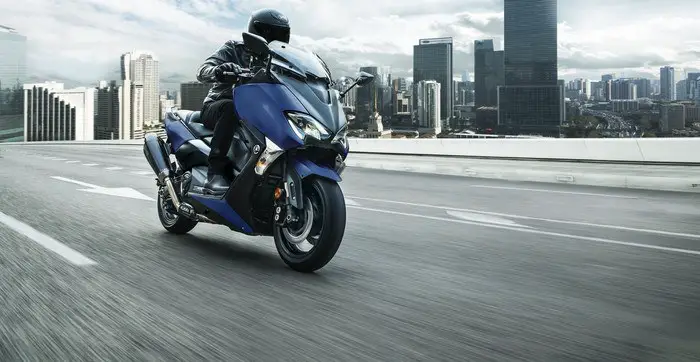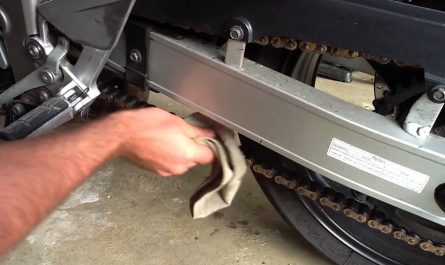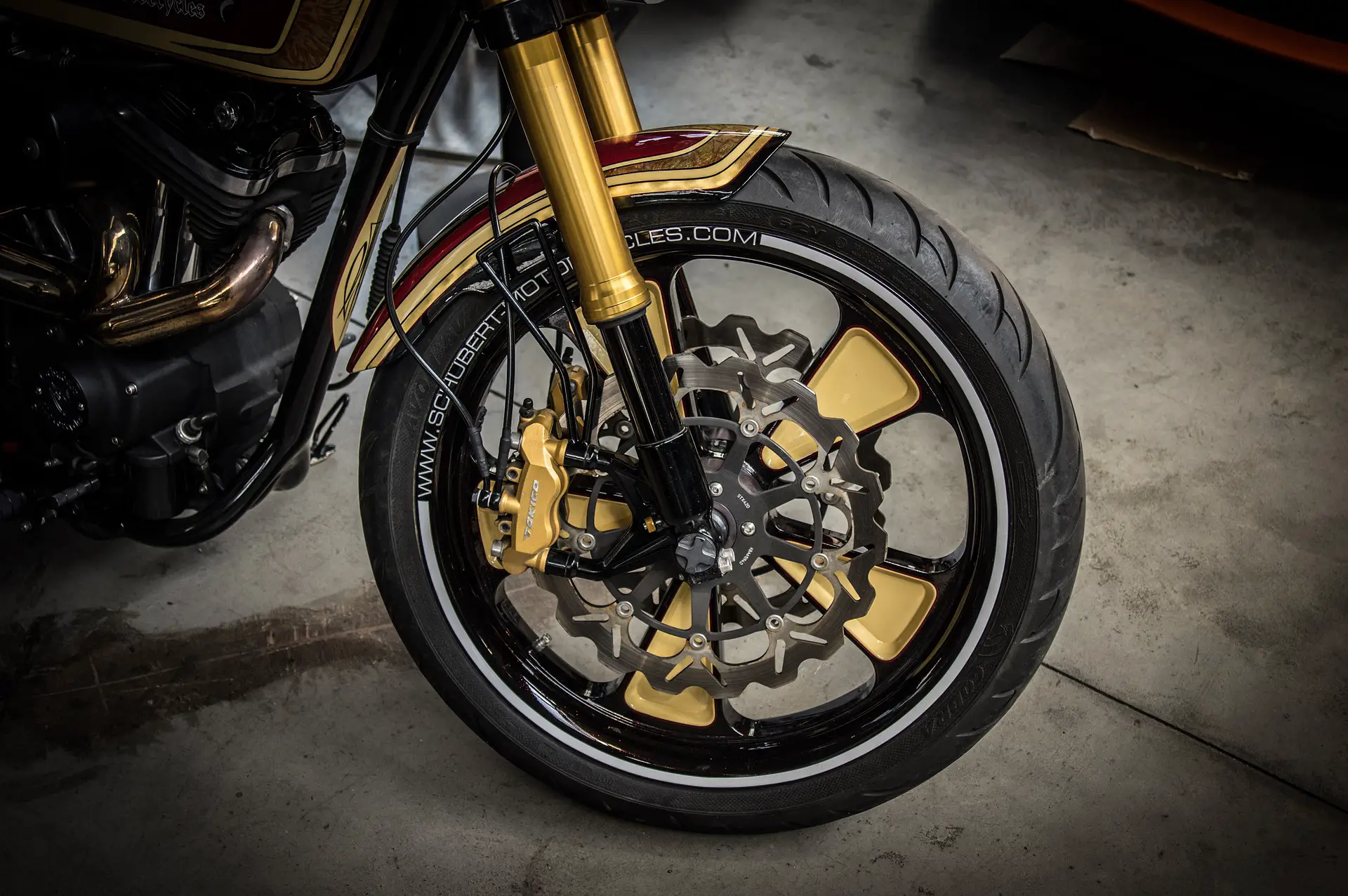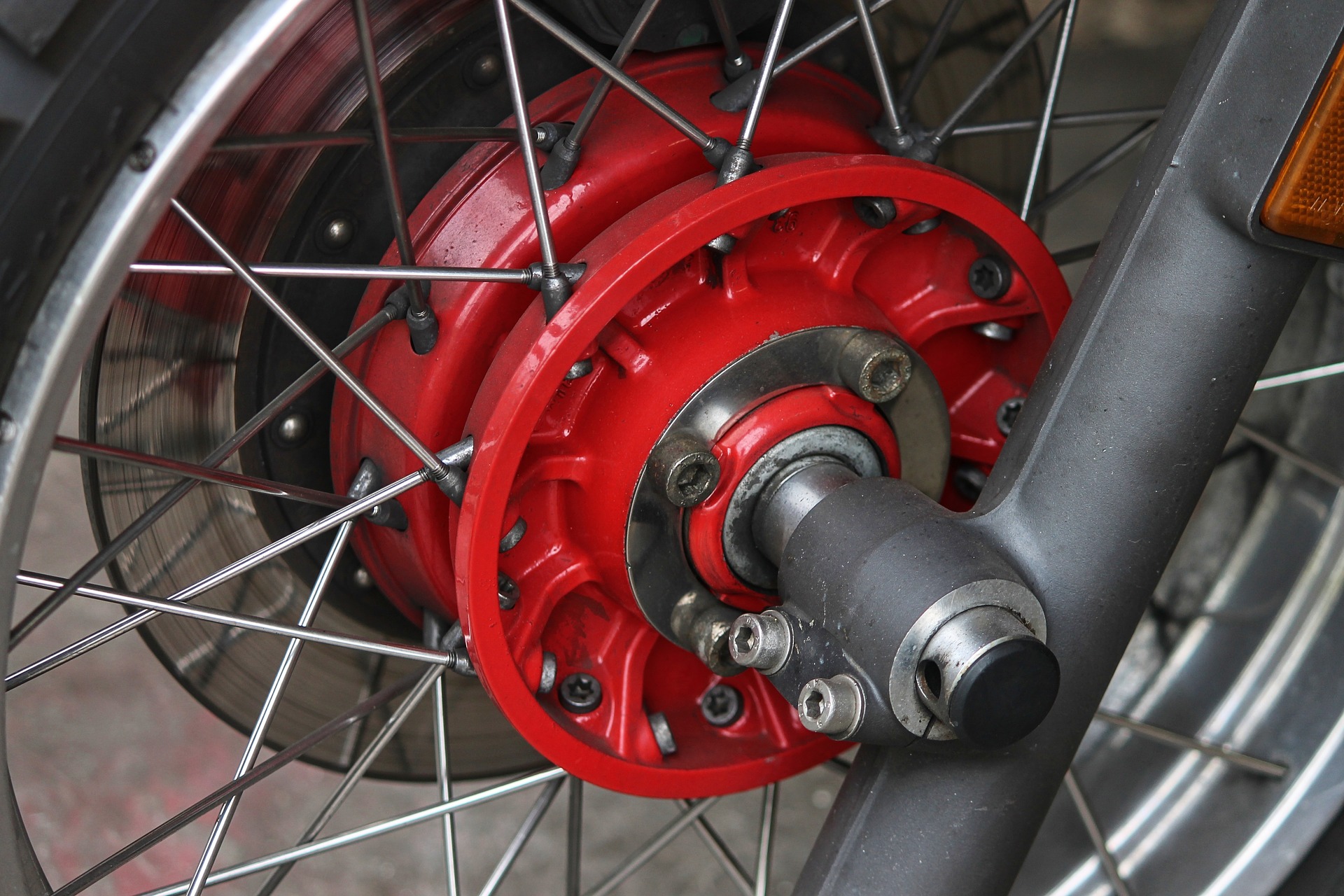Whether it is a daily task such as tire pressure check or helping to prepare your motorcycle for winter, adjusting the fork of a motorcycle is an everyday experience for a biker. In this article you will find some recommendations on how to adapt the fork of your motorcycle.
Motorcycle forks - General information
There are a whole bunch of motorcycle forks on the market that meet specific needs. So, before you get started, we advise you to take a look at our complete guide on the subject.
Adapt your motorcycle's fork by adjusting the preload adjusters
The fork preload adjusters are located at the top of the fork legs and typically require a 14 or 17mm wrench. The adjustment is done in turns; and is measured by marked rings on the exposed portion of the adjuster. The more you increase the preload, the fewer rings you can see. There will be a preload adjuster on each leg and they should be adjusted together and remain the same with each other.
14mm and 17mm wrench available on Amazon
What is preload?
The tension of a spring before the application of a load (braking force). Without preload, your motorcycle would collapse massively under the sole weight of the motorcycle; whereas with too much preload the springs would hardly move. Preload is the most basic setting, and can be changed on most motorcycles. Use the preload setting to set your static sag - the critical base setting for all settings.
Adapt your motorcycle's fork by adjusting the rebound adjusters
The front rebound adjusters are at the end of the dropouts of your fork - they're the little flat-head screws that protrude from the top of the preload adjusters. There will be one on each leg, and as with the preload, set them evenly and in tandem. Adjustment is measured in turns (count every half turn when winding or unwinding the adjusters); or clicks (the adjusters make a very obvious click when you turn them).
What is… rebound damping?
It controls how quickly your springs “bounce” after being compressed and is the most important damping parameter. Without it, your bike would bounce off the saddle over small bumps and be impossible to ride. On the other hand, if the rebound is too great, your springs will not be able to fully recover between compressions, which will cause significant sag and poor handling. This is a fine line to follow.
Adapt the fork of your motorcycle by adjusting the compression adjusters
Adjusted using a small adjustment screw (similar to the rebound one in the top of the fork) at the base of each fork leg. If your compression adjusters aren't obvious, bend down and take a look at the base of the fork leg - they may be hidden there. Can't find them? So you don't have one. Sorry. Like rebound adjusters, they spin in clicks, or you will have to count the U-turns while manipulating them and they have to be adjusted together.
How do fitters work?
We could devote an entire site to this question, so here's the base version instead… Preload adjusters pre-contract the fork or shock springs before adding any other weight (eg, a rider). More preload means a more compressed and harder spring, less means a softer and more extended spring. Damping is provided by oil passing through smart holes (called "jets") inside the fork or shock as they expand and compress. By reducing the damping, you open these holes so that the oil circulates more freely and the action of the spring is less restricted; by increasing the damping, you close the holes so that the spring action is slower. And here's the result.
Motorcycle adjusters available on Amazon
Our recommended products:
Here are some recommended products to adapt the fork of your motorcycle.




